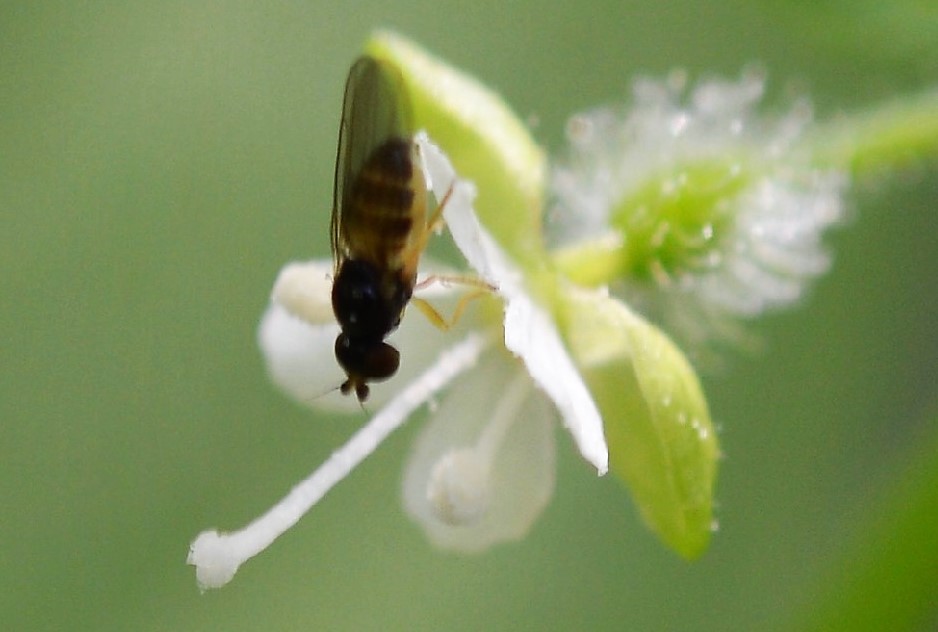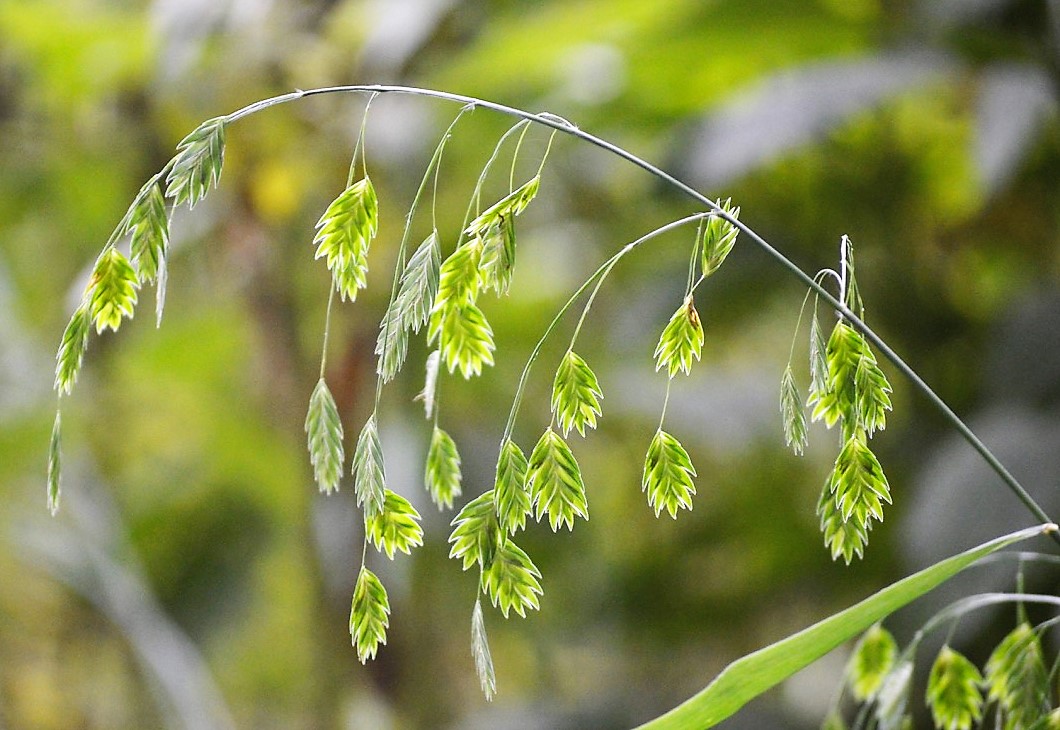
It’s well known that really obnoxious invasives can overpower our native plant populations. Now meet Nancy Lawson, garden columnist, habitat consultant, and author of the book, The Humane Gardener. She’s got great advice for how gardeners can assist natives to fight back—and win.
In Nancy’s two-acre garden outside Baltimore, Maryland, a fallen tree allowed the proliferation of garlic mustard. “I was perpetually pulling it out,” Nancy says.
Enter the native golden ragwort (Packera aurea), a prolific self-seeder in moist conditions. “I had left out some pots to give to friends—you always have a lot,” Nancy notes, “and I forgot about them.”
The following spring the ragwort—not to be confused with the noxious weed, tansy ragwort (Jacobaea vulgaris)—had grown beyond their pots and into the garlic mustard. Nancy kept pulling the mustard and let the native groundcover spread. All kinds of other natives—jack-in-the-pulpit, black snake root, and enchanter’s nightshade—found a home in the groundcover. And in those spots, the garlic mustard didn’t return. Nancy had created a functioning plant community that fought off the invader.

Of course, some natives can also overpower the gardener’s preferred plant treasures. But setting aside even in a small patch in the garden for native communities supports not only the local flora, but also the fauna, from bugs to birds. And these areas need less work, so gardeners can focus on other plant passions they might be bringing along in the greenhouse.
Here’s Nancy’s advice.
Deal with major invasives. Himalayan blackberries, garlic mustard, Japanese stilt grass—whatever scourge you’ve got must be dug out and obliterated, preferably with non-chemical methods.
But go slowly. Bare soil is simply an invitation to more invaders. Nancy says, “If you take out too much at once, you must have something to replace it with—right away.” Doing small patches allows the natives to grow on and encourages others in the soil’s seed bank to re-emerge.
Be aware of growth patterns. For the plants to get along, they need to be similar in vigor. But timing counts. Match a spring-blooming groundcover with later native perennials that will rise up through it. That’s better than two equally vigorous plants fighting for the same cultural requirements.

Crowd-source for learning. Nancy’s search for knowledge creates communities beyond the plants. She says, “I let little pieces of the garden go to see what happens. There’s always new stuff popping up.” She goes online with what she’s found. “I try to see if anyone else is discovering the same thing—you know, a citizen-scientist sort of thing. I can see other people’s pictures with plants at different stages.” She uses native plant websites, such as iNaturalist.org, as well as studies like those at the University of Georgia. “I connect with people,” she says, “and we compare notes—their scientific experiments and my unscientific ones.”


